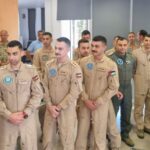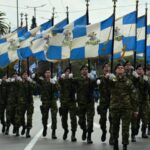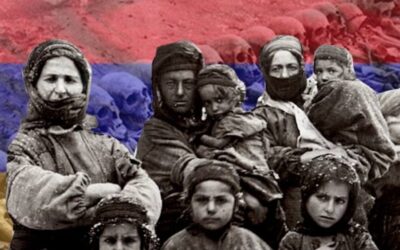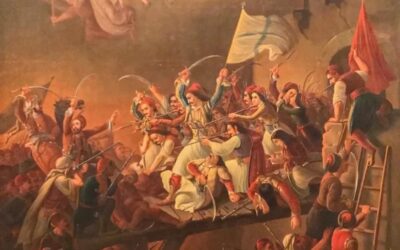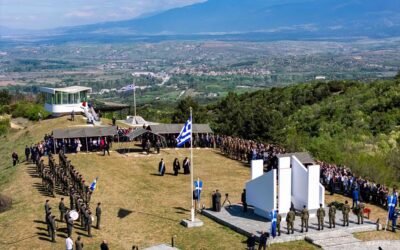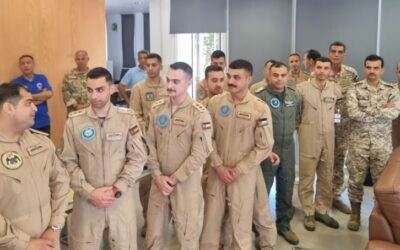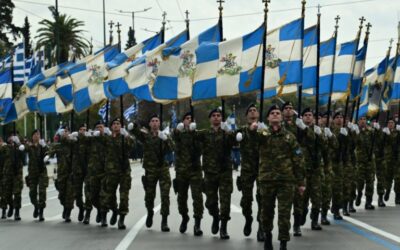HISTORY
HISTORY
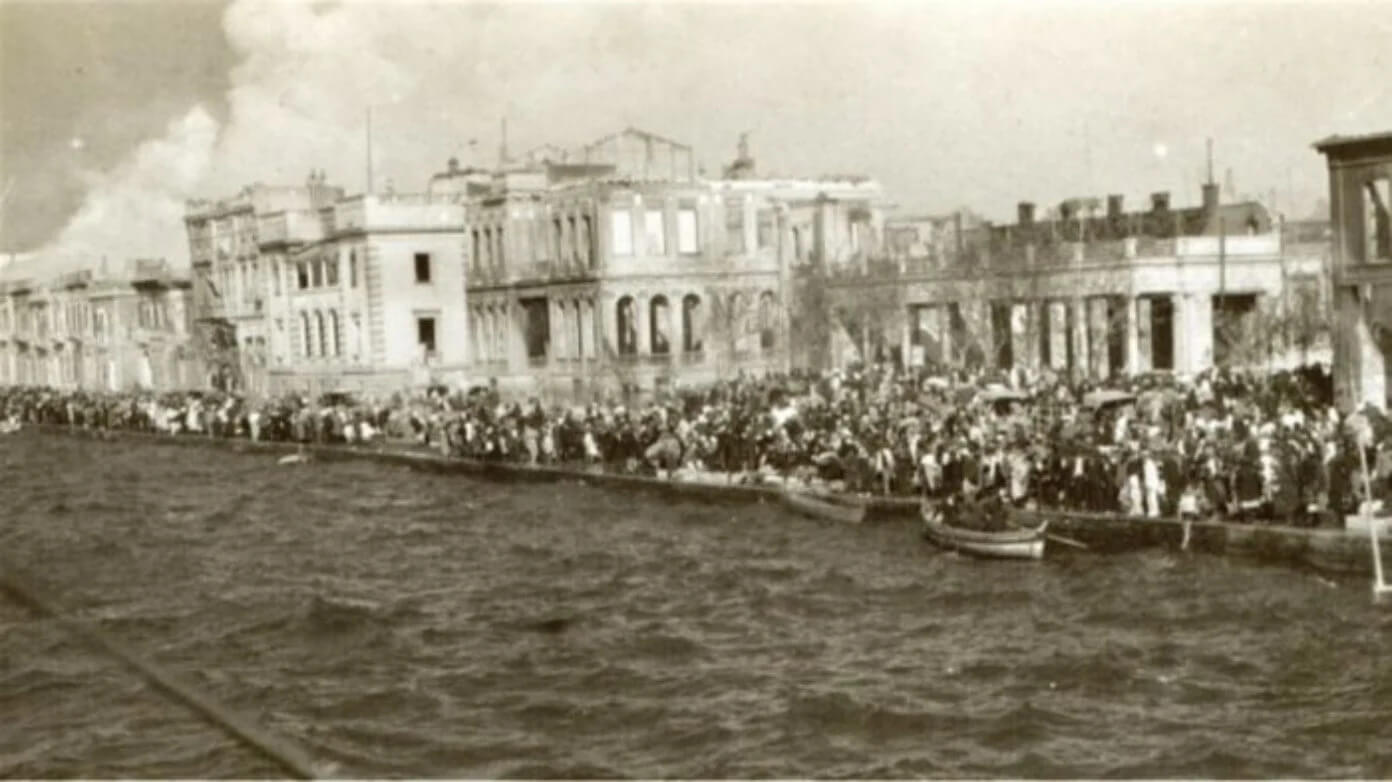
September 12, 1922 marks one of the darkest days of Hellenism, as Smyrna, one of the most prosperous cities on the Mediterranean coast of Asia Minor, was destroyed by the Turks, sending hundreds of thousands of Greeks to a homeland they had never known.
Only five days before the Smyrna destruction, the Greek Army, which had come to Asia Minor to liberate lands that once were Greek, was withdrawing, defeated by Turkish troops under the leadership of the founder of the new nation, Kemal Ataturk.
Once the Greek Army had retreated, the Turkish troops entered the city and in a short time, they were positioned across the city and particularly, where only Greeks lived.
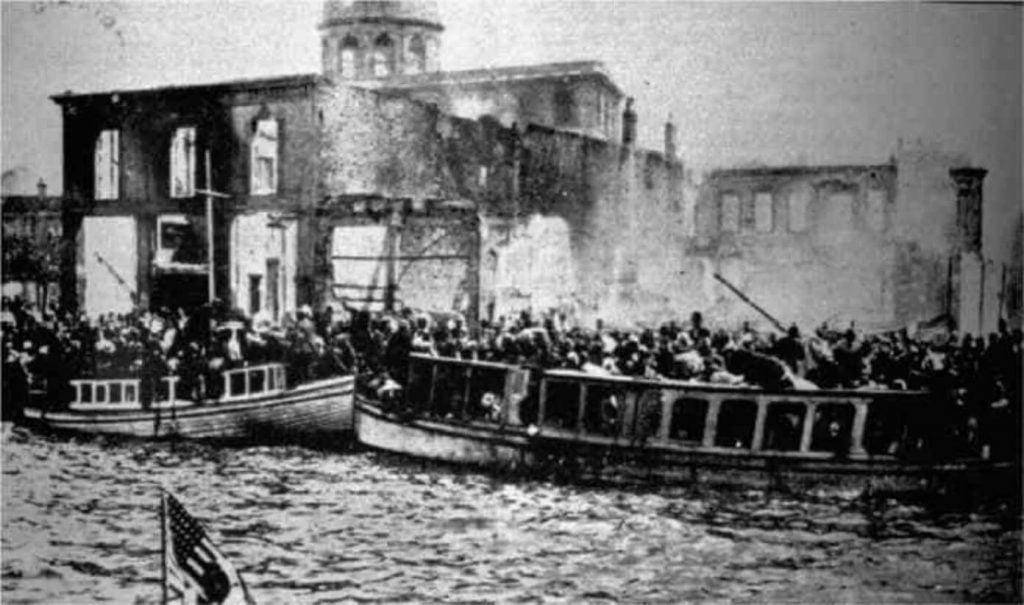
At the time, the city of Smyrna was predominantly Greek, with 45 percent of its population belonging to that ethnic group. The Turks who lived there were actually the minority, comprising only 23 percent of the population. There were also strong Armenian and Jewish communities in the city, contributing to its thriving commercial trade.
At first, the locals, mostly Greek Christians, Armenians and Jews, thought that the invading Turkish soldiers would be kept in order by the Allied Navy comprising the American, British and French ships anchored off the port. The allied ships, bobbing there in the waters just off the city, were a guarantee of their safety, they thought. However, the Americans had to accept enforced neutrality and they were enjoined from taking any part in political events of that area.
The peace there was soon broken and the events took place at breakneck speed. Within hours, Turkish soldiers, for no apparent reason, began to act with violence against the Armenian merchants along the coast, destroying and looting their shops. In the end, the only neighbourhood that remained untouched by the arsonists was that of the Turks.
Carrying very few belongings, Greeks flocked to the port, some to the ships, others to the Paradise area to find refuge in foreign schools, clubs and consulates. The once prosperous citizens would have to seek refuge in the land of their ancestors, while others went to the Americas. Some made it. Many others were pushed back into the sea fearing that the boat they managed to climb into would sink because of excessive weight.
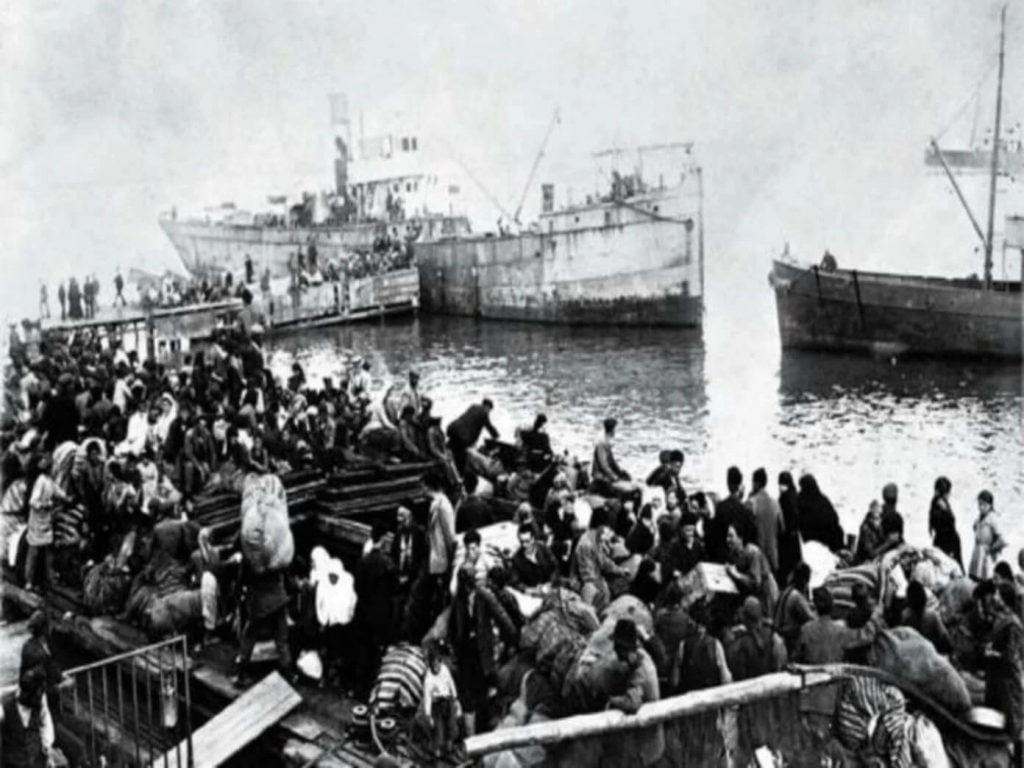
The day after the initial fire, Patriarch Chrysostomos, the head of all the Greek Orthodox faithful around the world, was hanged by Turkish soldiers after being brutally tortured. The atrocities had no end until the destruction of Smyrna was complete. The civilian Turks of the city joined the troops in destroying whatever shred of Hellenistic civilization was left.
Today, very few of the baroque buildings on Alsancak Beach remain standing to remind the visitor of the grandeur of a long-lost past. Within the city, towards old Smyrna, there are only a few buildings that have survived since then, with architectural elements that are echoes of the majestic buildings which once stood along the waterfront.
With information from: Ethnos, defenceredefined.com.cy
Also read: “Septemvriana” 1955 | Black Day for the Hellenism of Constantinople
NEWSLETTER SUBSCRIPTION
Armenian Genocide Remembrance Day
On this day, 109 years ago, the genocide of the Armenian people by the Ottoman Empire began, with April 24 being the day of…
April 10, 1826 | The heroic Exodus of Messolonghi
Three years after the failed attempt of Kioutachis and Omer Vryonis to capture Messolonghi, the Sultan had a new plan.
Hellenic Army General Staff (HAGS) | Events for the 83rd Anniversary of the Battle of the Forts
On Sunday, April 7, 2024, the 83rd anniversary of the Battle of the Forts (April 6-9, 1941) was celebrated at “LISSE”, “RUPEL”,…
STORE project | AI-assisted optronics to increase combat perception capabilities
The European Commission signed the Grant Agreement for the launch of the STORE (Shared daTabase for Optronics image Recognition and…
The FEDERATES project | Developing Europe’s first MSaas ecosystem
On 21 March 2024, the first Italian Workshop on the FEDERATES project of the European Defence Fund was held.
Cyprus | Jordan mission to reinforce aerial firefighting means
Two firefighting helicopters with their 18-member crew arrived in Cyprus from Jordan to support the Republic of Cyprus’ aerial firefighting.
Saint George | The Patron Saint of the Army and the Infantry
Saint George is one of the most prominent Saints of the Christian religion, not only of the Eastern Orthodox Church, but also of all…
QinetiQ | UK’s first Manned – Unmanned aircraft Teaming
QinetiQ has successfully trialled the UK’s first Manned-Unmanned Teaming (MUM-T) demonstration between a crewed aircraft and a drone.
Lambda Automata | Investment in UAV technology
Greek Lambda Automata has recently announced a major development that will strengthen its position in the defence industry.







